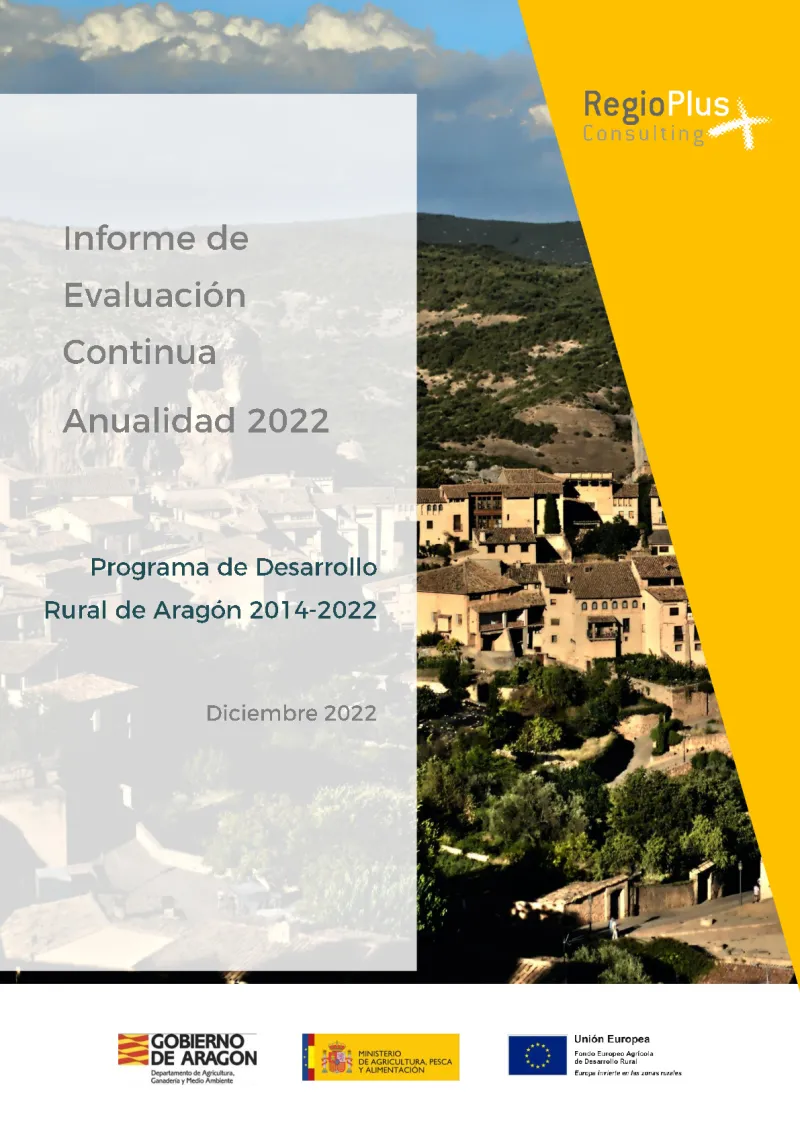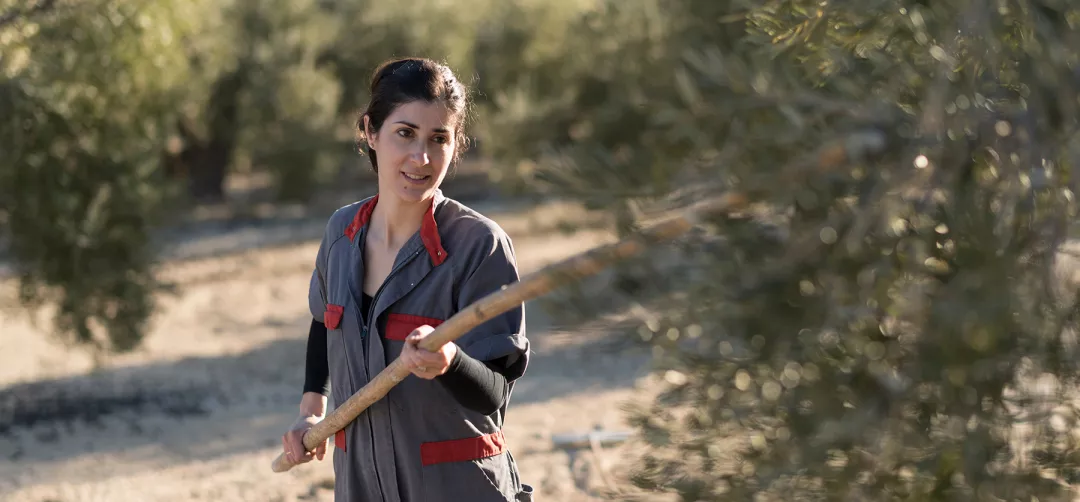Thematic evaluation with a gender perspective in the Aragon region
Since inequalities between women and men are still deeply rooted in rural areas, the report focuses on how Aragon's 2014-2022 Rural Development Programme contributes to promoting gender equality.
- Spain
- 2014-2022
- Cross-cutting impacts


The thematic evaluation with a gender perspective was reported as part of the evaluation of the 2014-2020 Rural Development Programme (RDP) of Aragon, covering 2022. It was commissioned by the Government of Aragon and published in 2022.
The thematic evaluation aims to analyse the current situation of rural women in Aragon and how the RDP contributes to promoting gender equality.
Article 7 of Regulation (EU) No 1303/2013 outlines the need to include the cross-cutting priority of gender perspective in each phase of the RDP policy cycle: design, implementation, and evaluation.
Inequalities between women and men still exist in rural areas at a more pronounced level than in urban areas. Thus, knowing the situation of women within rural communities is essential to integrating gender into rural development policies and designing them to eliminate inequalities.
The methodology used combines documentary analysis and fieldwork research, specifically analysis of the criteria set for the selection of operations, identifying which measures reflect the principle of equality and the databases of RDP operations to identify the number and location of women beneficiaries. For the fieldwork research, two questionnaires were designed; one of them addressed to beneficiaries of the RDP intending to assess the scope of the aid in the development of their projects, results, etc., and another one addressed to LAGs to find out the share of women in the LAGs, among other qualitative information.
Following the analysis of the databases and the responses to the questionnaires, the main conclusions, among others, are the following:
- Sub-measures 1.1, 2.1, 4.1a, 4.1.b, 4.2, 6.1, 7.2, 16.2 and 19.3 reflect the principle of equal opportunities between men and women through the prioritisation criteria. LEADER Measure 19.2 has the highest percentage of women (39.27% of all files) among all measures analysed. The measures with the lowest rate of female presence are Measure 12 of payments for Natura 2000, the Water Framework Directive (4.76%) and Measure 4.1.a (16.45%).
- Since 2018, support for women in measures to support the setting up of young people and modernising farms has decreased from 23.89% to 20.47% and from 21.76% to 16.45%, respectively. Even so, the support of these measures for the presence of women affiliated with the agricultural sector is important, given that the percentage of women affiliated in Aragon was 21.35% in 2020.
- In relation to the amount of support, the LEADER 19.2 measure concentrates the highest budget directed at women (36.95%), followed by Measure 3.1 supporting the new participation in quality schemes and Measure 11 (organic farming), with a support rate for women of 25.17% and 20.79%, respectively. The average public expenditure per project of all the measures is EUR 8 122.54 for women, which is lower than the average for men (EUR 10 575.57).
- The analysis of LAGs shows that the highest share of women among the beneficiaries are ADECUARA (10.80%), ADRAE (9.66%) and AGUJAMA (8.81%). The LAGs with the lowest number of women are ADESHO (0.28%), ASIADER (1.14%) and CEDER SOMONTANO (1.42%). Many of the LAGs pointed to the progressive increase of projects managed by women in rural areas and that women are increasingly represented in decision-making positions. Despite this, LAGs still identify difficulties associated with professional development, low participation of women in positions of responsibility, difficult work-life balance, and the predominance of men in the rural environment and the agricultural sector.
- 95% of LAGs claim to have included objectives for promoting equality, mainly through prioritisation criteria. Some LAGs also promote training and awareness-raising among the population. Regarding the representation of women within LAGs, 65% say that the percentage of representation of women within them has varied positively.
Author(s)
RegioPlus Consulting
Resources
Documents
Thematic evaluation with a gender perspective in the Aragon region
(PDF – 6.09 MB – 170 pages)